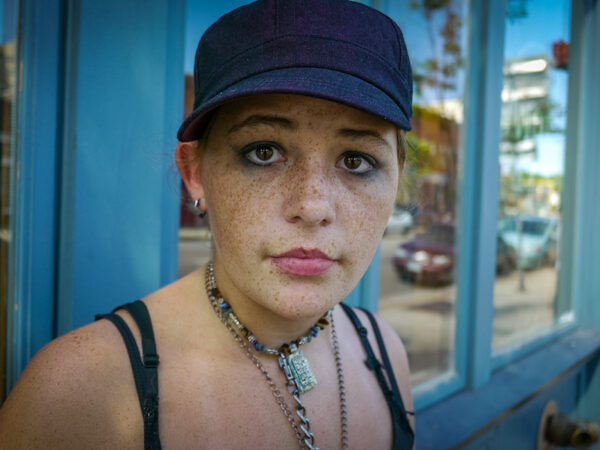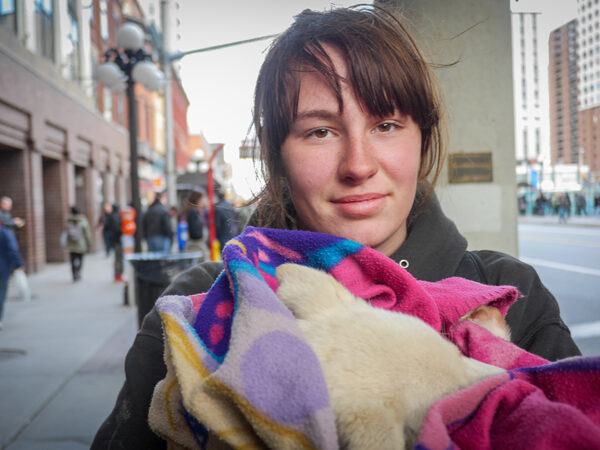
Homeless Youth
Why Are Youth Homeless in the U.S.?
Many youth between the ages of 14 and 24 experience homelessness in America each year. The term “unaccompanied youth” is often used to describe homeless youth because they are homeless without a parent or guardian.
Pregnant and parenting youth; youth with special needs or disabilities; and youth of color—particularly Black Americans and Native Americans—are more likely to become homeless. Forty-seven percent of homeless youth were also homeless as children.
Most often, youth become homeless because of abuse, neglect, or other trauma at home:
- Physical and sexual abuse can lead youth to run away. Estimates vary, but roughly 40-60% experience physical abuse and 20-40% are sexually abused.
- Parental substance use can cause youth to run away from home.
- Conflicts with families over LGBTQ identities are another reason youth are kicked-out of or run away from home. Up to 40% of homeless youth identify as Lesbian, Gay, Bisexual, Transgender, or Questioning (LGBTQ).
- Many young people leave home far earlier than they should because their life circumstances are so unbearable. The average age at which youth first leave home is between 12 and 13 years old. Child experts agree that 11 or 12 years old is only just old enough to stay home alone for a few hours, let alone leave the safety of their home completely.
Once homeless, young people are at risk for labor and sex trafficking, assault, and other forms of victimization.
- According to the?National Sexual Violence Resource Center, one in three teens on the street will be lured into prostitution within 48 hours of leaving home.
- Unaccompanied youth may be pushed into illegal activity as way to meet their basic needs and survive
Youth experiencing housing instability also have an 87% likelihood of dropping out of school. Young people without high school diplomas or GEDs are 4.5 times more likely to experience homelessness.
RECENT ARTICLES










